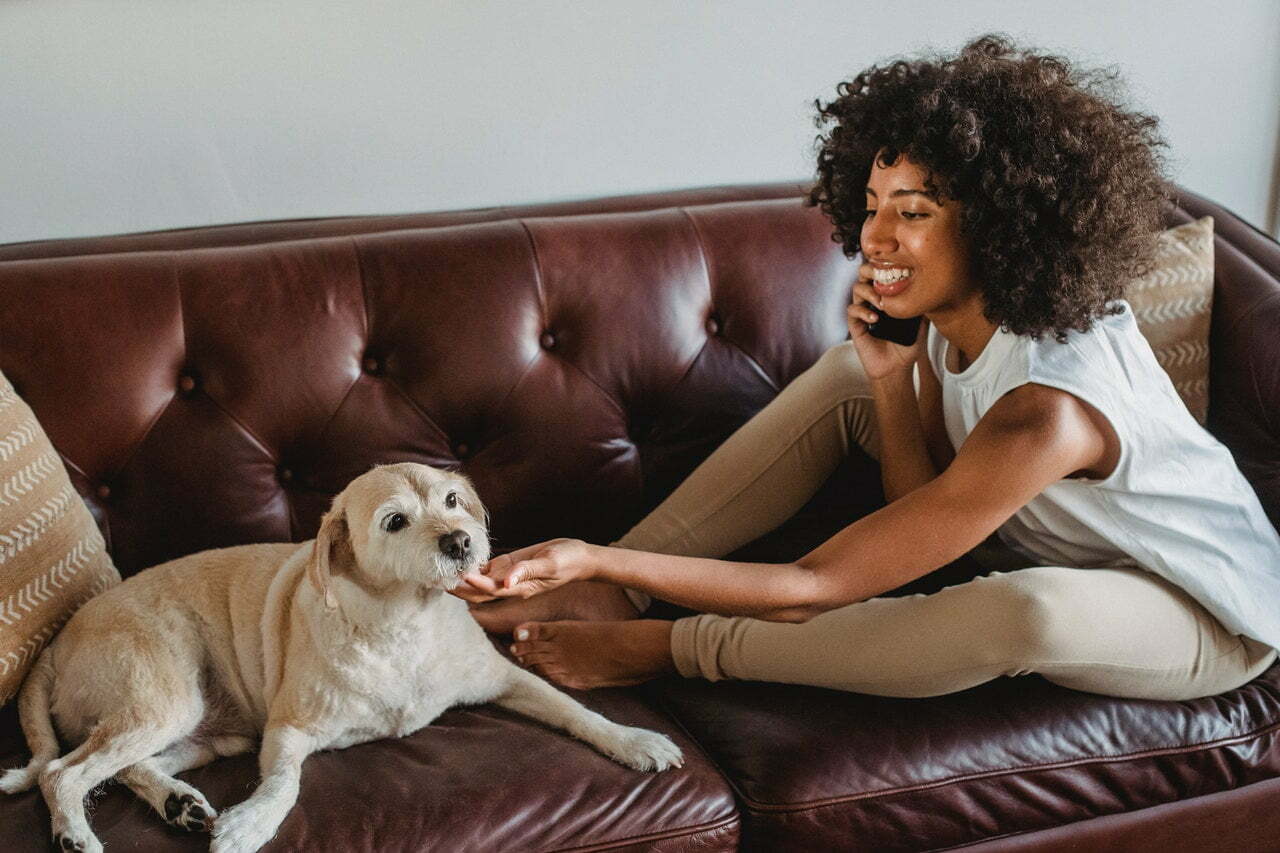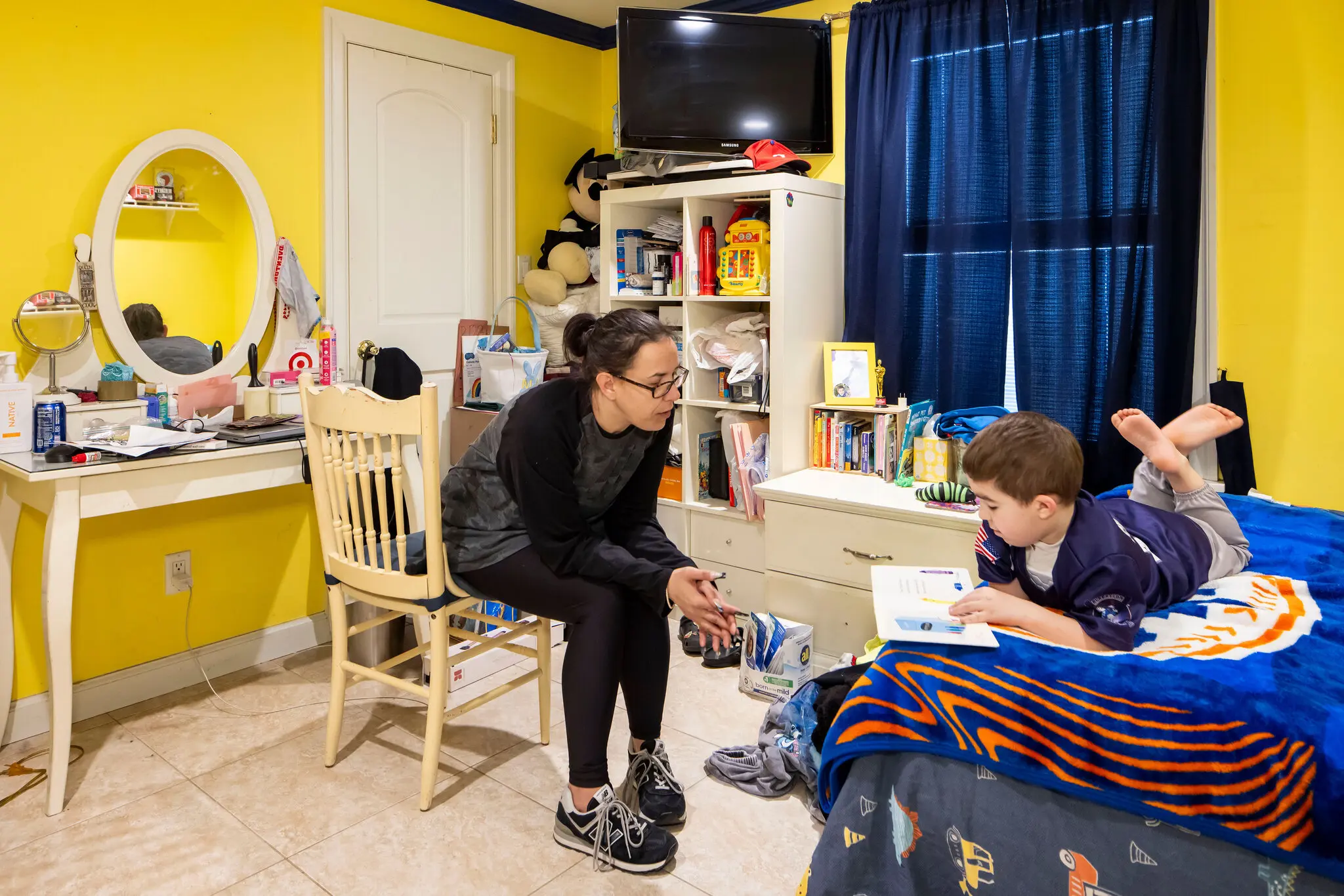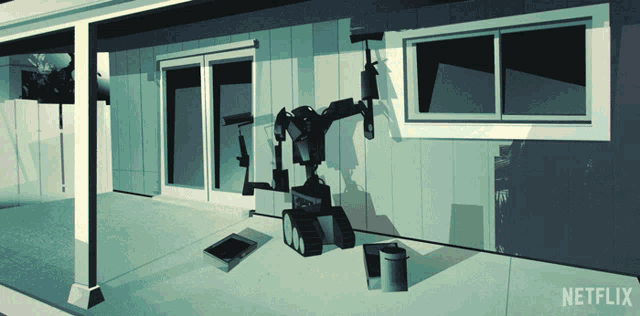If you’re moving into a new rental home with your favorite furry creature, you might be worried about pet safety. Maybe it feels like your new house is full of potential dangers. That’s an understandable concern to have. However, we’re here to give you all of our best tips and tricks to ensure that your pet stays safe. We’ll go room by room in order to ensure that we cover every spot in your rental home. Don’t worry––by being careful and thoughtful, you can make sure that no harm comes to your pet.
Kitchen
This is a big one because obviously, the kitchen is where food is prepared, eaten, and stored. Your pet will likely be highly interested in your kitchen, so you’ll want to be especially careful there. If you’d like to, you can make your entire kitchen a no-pets space by using suspension baby gates or something else. However, if you plan to let your pets into the kitchen, here are a few tips.
- Don’t leave food out. Try not to leave food on countertops, especially uncovered and unattended. Your pets can be surprisingly resourceful when it comes to finding ways to get to forbidden food. They might pull at the tablecloth until the food falls off, for example. You don’t want to take the risk of losing your dinner or a beloved snack, especially if the food in question isn’t good for your animals. This goes for your trash, too––you might want to put your trash can in a floor-level cabinet.
- Make sure your pet’s food is in a place they can’t reach. It’s important to be careful with your pet’s food, too. You could keep it in a cabinet with a childproof lock, or in a different situation where it can’t be reached by wandering paws. It’s also a good idea to keep it out of your pet’s sight if you can.
- Put your cleaning supplies in a locked cabinet. Make sure to think strategically about where you’ll store your cleaning supplies. Many people like to place their cleaning supplies under the sink. If this is the case, you’ll want to make sure your pets can’t get into the cabinet to touch or eat the cleaning supplies. This is another place where a childproof lock would come in handy.
Bathroom
Although less appealing to animals than a kitchen might be, there are still certain precautions you can take to keep your pets safe in the bathroom. This is another room you could teach your pet to avoid; there aren’t many reasons they would need to be in it. Here are some measures you can take to ensure your pet’s safety.
- Put away your medication: Be careful not to leave your medication out on the counters where your animals might be able to get into them––put them up on the shelves if you can. Cats especially have a tendency of climbing onto any surface.
- Soaps and shampoos on higher shelves: This goes for your soaps and shampoos, too. If possible, try to leave them on elevated shelves in your shower so that there’s less chance a pet could get into them or try to knock them over. Keeping the shower curtain closed also helps with this problem.
- Toilet lid down: Keep the lid of your toilet down when you go to the bathroom, if possible. It’s possible that a pet could fall in and drown, especially if they are a young or small animal.
Living Room
Who doesn’t love to be cuddled up with a pet on the couch watching TV? The living room is likely one of the places your pet will be in the most. That’s why it’s important to make sure that it’s as pet friendly as can be.
- Your pet will need to adjust to the new furniture layout. It will take a while for your pet to get used to the furniture in the living room, especially if your rental home came furnished. You will likely need to retrain your pet so that they understand what furniture (if any) they are allowed to use and what to stay away from.
- Put your plants where your pet can’t chew them. Plants are great decorations, but unfortunately, many are potentially poisonous to your pet. Be careful to place them out of your pet’s reach.
- Try not to leave breakable things in the open. A thousand-dollar vase on a coffee table is maybe not the best option if you’ve got a pet in your rental home. If you have decorations that are easily breakable, try to keep them off surfaces you know your pet will explore.
- If your floors are softwood, watch out for pet claws. Lots of rental homes have softwood floors. If this is the case for yours, you’ll want to be careful about your pet’s claws. Rugs are one great way to prevent scratches. Another way is to cap your pet’s nails with a product like Purdy Paws.
Bedroom
Maybe you love to sleep with your dog or cat, and they feel free to come in and out of your room. Like the living room, you’ll want to make sure that this is a friendly space for your animal. Here are a few things to watch out for.
- Keep your lotions and cosmetics out of your pet’s reach. If you keep lotions and cosmetics on the top of your dresser, you’ll want to make sure those are in a box your pet can’t get into. That way, there’s no chance they’ll swallow something they shouldn’t.
- Be careful of trapping your pet in dresser drawers. It’s easy for little kittens to get trapped in dresser drawers. Make sure you close your drawers completely after opening them to ensure that no little ones can get inside.
- Keep wires away from your pet and check for chewing: Your pet might absolutely love to nibble on your phone cords, but it’s dangerous for them and expensive for you. Try to keep your cords out of reach of your pet’s teeth and claws. Check them regularly to ensure that they don’t look like they’re being chewed up.
- Watch out for small gaps and holes. Like dresser drawers, areas around your bed can provide many small spaces in which an animal might nest down. This could be underneath the bed and around the radiator in particular. Block any gaps where your pet might get stuck.

Garage
If you allow your pet to wander your property, it’s likely they’ll want to explore the garage. It can be a dangerous space, because chemicals, tools, and sharp metal car parts are often there. Here are a few of the best ways to ensure that your garage is a safe space for your pet.
- Keep your sharp tools stored high up. If you keep any tools in your garage, make sure you store them where your animals can’t reach them. Likely, this would probably be a shelf high up on the wall. Keeping them in a toolbox is an even better idea.
- Check your car engine regularly for cats. Cats like to curl up in car engines for warmth. Check yours by banging on the lid to make sure that there are no cats inside––either yours or a neighborhood one.
- Be careful of chemicals. If you store chemicals like antifreeze in your garage, make sure you lock them away somewhere your pets can’t reach. Even just a little could prove deadly to your pet.
- Sweep regularly. You might not necessarily think to sweep your garage as regularly as you do the rest of your house, but if you have a pet, it’s a good idea. There’s a high chance that broken glass, sharp metal, or wood splinters could end up on the floor of your garage. You want to be careful of your pet’s paws in such cases to avoid an injury.
Back and front yards
Animals of all kinds love to explore outside. Your pets will likely love being out in your front and back yards. If they’re out there without your supervision, you’ll want to make sure it’s a safe place for them to play. Here are some ways to protect your pets in the great outdoors.
- Make sure the plants in your yard are pet-friendly. We talked about poisonous houseplants, but you could also have poisonous plants in your yard. If this is a concern for you, it might be worth talking to your landlord about exactly what kind of plants are in your yard so that you can do research on them and limit your pets to safe areas
- Abide by instructions when your lawn is sprayed with chemicals. When you get your lawn sprayed with insecticides, make sure that you wait the correct amount of time before letting your pet out to play in the yard again. Insecticides could prove deadly to a pet.
- Try to help your pet get the lay of the land. By taking your pet on regular walks around the neighborhood, you’ll help them understand what’s around them. This way, noises and smells from neighboring houses will not alarm them. They will know what areas are safe, and they will be familiar with the geography of your neighborhood.
- If you are new to the area learn about local wildlife. Ticks, rattlesnakes, coyotes, owls, bobcats, and even raccoons can pose a threat to pets even in suburban yards.
Pet-proofing your rental home can be a time-consuming project, but it’s worth ensuring that your pet is safe. Hopefully, these room-by-room tips will help to make it easier. Best of luck to you and your furry friend!
Interested in pet-friendly living? Check out our Dwellsy blog, where we have posts about pet-friendly apartments and pet-friendly amenities.
If you’re looking for a new rental home, Dwellsy has you covered.






